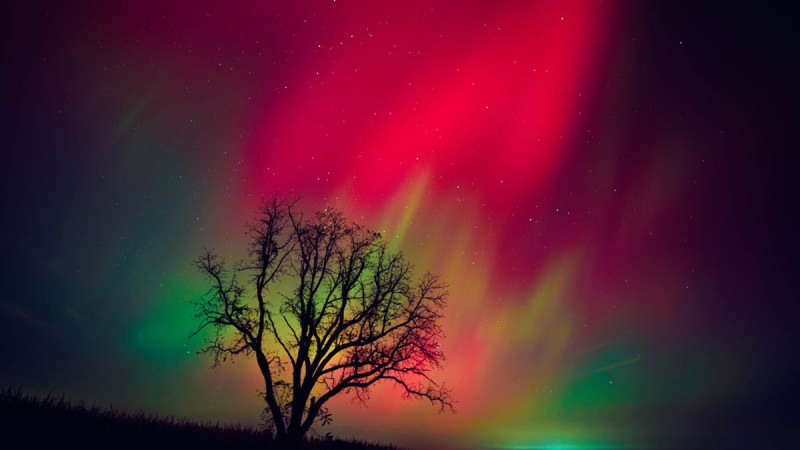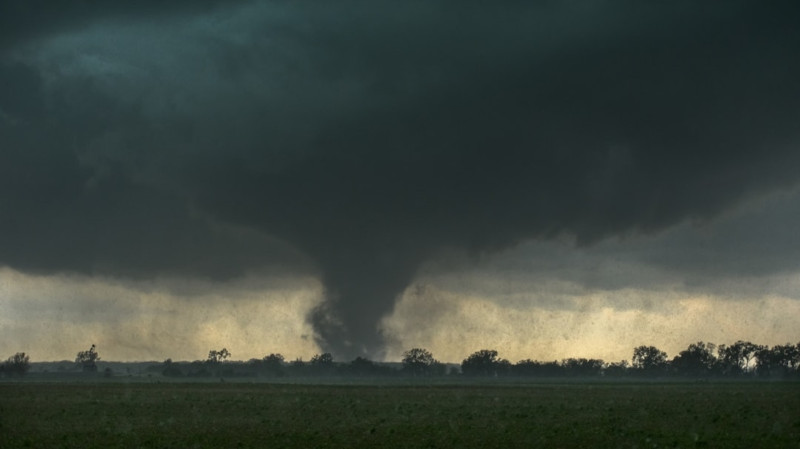A surge of solar activity is setting the stage for a rare aurora borealis display across the United States, with the northern lights forecast to be visible in up to states on Monday night, June, and possibly into Tuesday morning The National Oceanic and Atmospheric Administration (NOAA) predicts a geomagnetic storm with a Kp index of, strong enough to push the auroral oval farther south than usual, making the spectacle accessible well beyond the typical northern latitudes.
States with the best chance of seeing the northern lights include Montana, North Dakota, Minnesota, Wisconsin, Michigan, New York, Vermont, New Hampshire, and Maine, with possible sightings as far south as Alabama and California if conditions intensify The highest visibility is expected along the U.S.-Canada border, and clear skies will be crucial for the best viewing experience.
The phenomenon is triggered by a coronal mass ejection from the Sun, which sends charged particles toward Earth, exciting atmospheric gases and producing the glowing green, red, and purple lights characteristic of the aurora NOAA’s three-day forecast suggests this could be the start of an active week for aurora chasers, with additional chances for sightings through Wednesday.
For those hoping to catch the show, experts recommend heading outside after dark, away from city lights, and keeping an eye on real-time updates, as geomagnetic storms can shift rapidly and alter visibility within minutes.



